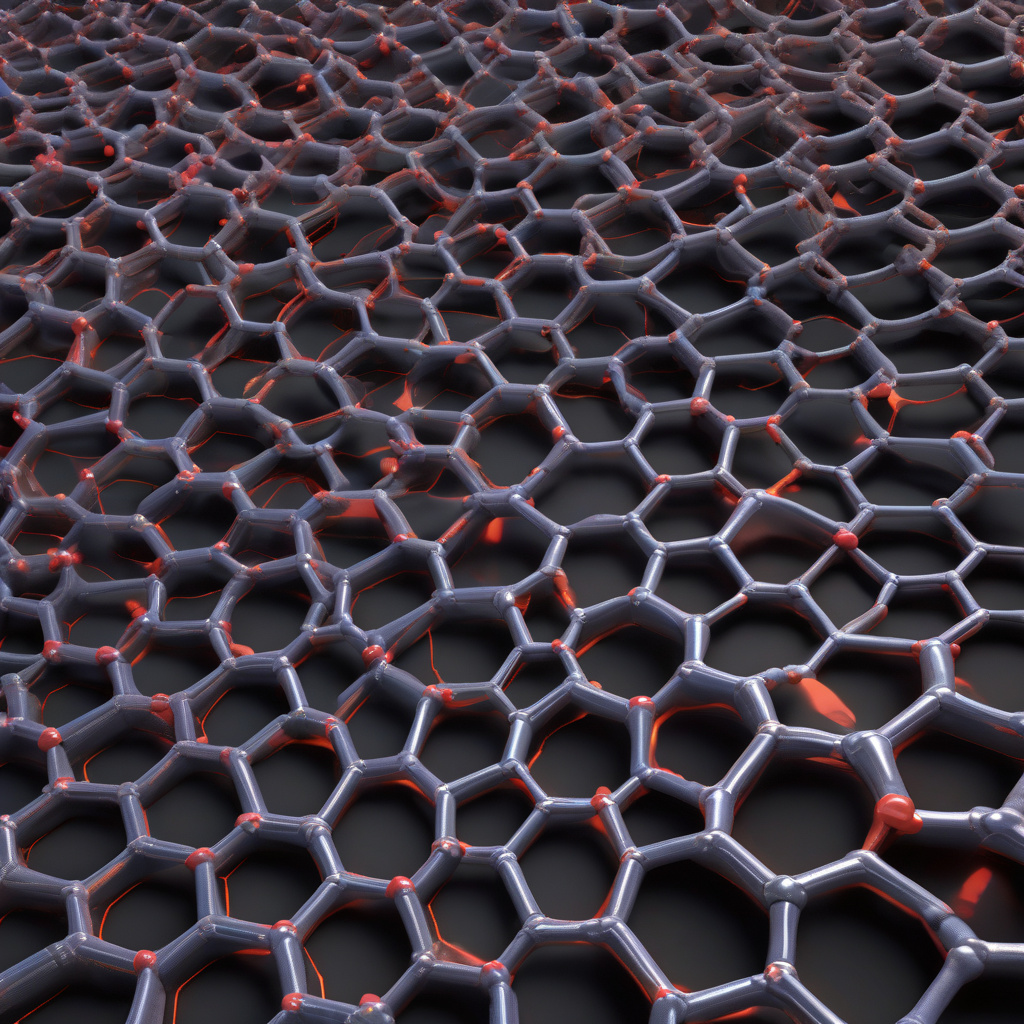Twisted Trilayer Graphene: Paving the Way for Next-Gen Quantum Devices
What if a material just a single atom thick could unlock the secrets of superconductivity, revolutionizing the world of quantum devices as we know it? This may sound like something out of a science fiction novel, but recent advancements in the field of twisted trilayer graphene have brought this concept closer to reality than ever before.
Superconductivity, the ability of a material to conduct electricity without resistance, has long been a holy grail of physics. It has the potential to revolutionize everything from energy transmission to high-speed computing. Yet, achieving superconductivity at relatively high temperatures has been a significant challenge for scientists.
Enter twisted trilayer graphene. By stacking three layers of graphene and twisting them at a specific angle, researchers have discovered a way to induce superconductivity in this two-dimensional material at temperatures much higher than previously achievable. This breakthrough opens up a world of possibilities for the development of next-generation quantum devices.
One of the key advantages of twisted trilayer graphene is its tunability. By adjusting the twist angle between the layers, researchers can control the material’s electronic properties, including its superconducting behavior. This level of control is unprecedented in the world of superconductors and could lead to the design of highly efficient quantum devices with custom-tailored properties.
Moreover, twisted trilayer graphene exhibits other intriguing phenomena, such as correlated insulating states and unconventional magnetism, that further enhance its potential for use in quantum technologies. These exotic behaviors arise from the interactions between the layers of graphene and provide researchers with a rich playground for exploring new physics and developing novel device concepts.
In addition to its remarkable electronic properties, twisted trilayer graphene is also relatively easy and inexpensive to produce compared to traditional superconducting materials. This scalability could pave the way for large-scale manufacturing of superconducting devices, bringing the dream of practical quantum technologies closer to reality.
Already, researchers are exploring the use of twisted trilayer graphene in a variety of applications, from high-speed transistors to quantum bits for quantum computing. The material’s unique combination of superconductivity and tunability makes it a promising candidate for the next generation of quantum devices that will power the technologies of tomorrow.
As we continue to unravel the mysteries of twisted trilayer graphene, one thing is clear: this remarkable material has the potential to shape the future of quantum technology in ways we have yet to imagine. By harnessing its superconducting properties and exotic behaviors, researchers are inching closer to a new era of innovation that could revolutionize the world as we know it.
In conclusion, twisted trilayer graphene represents a groundbreaking development in the quest for high-temperature superconductors and holds the key to unlocking the full potential of quantum devices. With its tunability, scalability, and unique electronic properties, this two-dimensional material is poised to drive the next wave of technological advancement and reshape the landscape of modern science.
superconductivity, twisted trilayer graphene, quantum devices, next-gen technology, high-temperature materials












